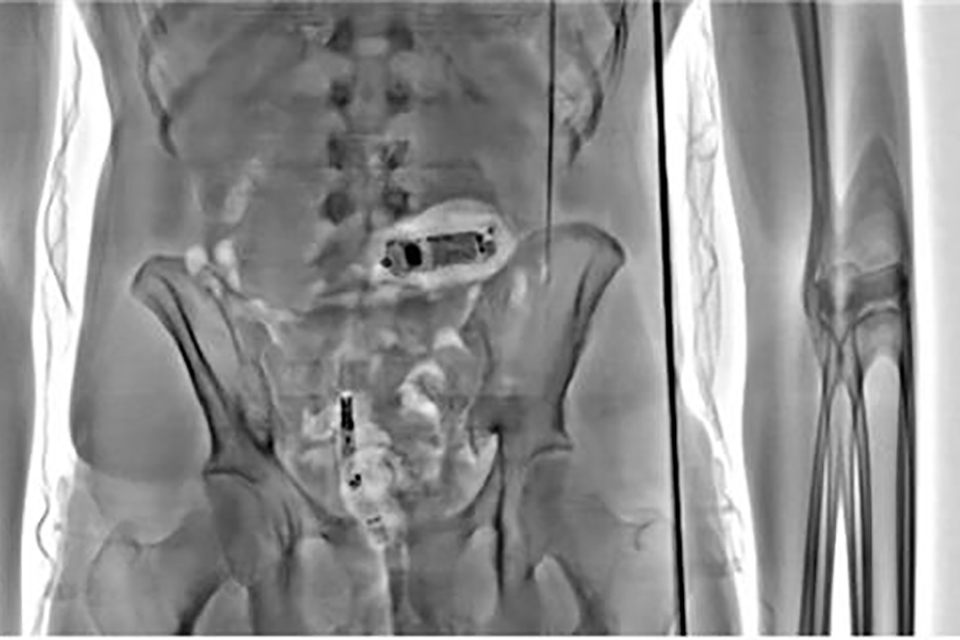
In State v. Kamara, the WA Court of Appeals held that the recorded sounds of a sexual assault are not a “private conversation” as defined by the Privacy Act. Therefore, a recording of such sounds, made without the consent of the defendant, is admissible at trial.
BACKGROUND FACTS
Under Washington’s Privacy Act, it is generally unlawful to record a private conversation without first obtaining consent of all persons engaged in the conversation. And evidence obtained in violation of the privacy act is typically inadmissible at trial.
Mr. Kamara and B.T. met at a mutual friend’s birthday party in July 2019. B.T. had seen Kamara before at various events with members of the Liberian community. B.T. knew Kamara as JR. After the party, Kamara sent B.T. a friend request on Facebook. They began messaging each other on Facebook. Kamara asked B.T. out but she declined because she was in a relationship. Kamara was persistent and asked several more times.
Because Kamara kept pushing, on August 30, 2019, B.T. agreed to meet with him. Once at Kamara’s apartment, Kamara offered B.T. a drink. B.T. declined, but Kamara poured her some wine. They watched a program on TV. After some time, Kamara sat next to B.T. on the couch and then he began putting his hands on her, stroking down her arm, and leaning against her.
B.T. got up to use his bathroom and give herself some time to think. While in the bathroom, B.T. activated a recording app on her phone. At first, she just played with it, recording sounds and then listening. The next time she activated it, she got a notification and switched to a different app on her phone without stopping the recording.
When she returned to the living room, B.T. sat farther away from Kamara on the couch and continued scrolling through her social media to distract herself. Kamara moved closer and began making sexual remarks and advances toward B.T. B.T. told him she had to go, since she had work the next morning, but Kamara insisted she stay until 2:00 a.m. B.T. told Kamara “no” multiple times and told Kamara not to touch her.
B.T. told Kamara she would just nap on the couch until he took her home at 2:00 a.m., but he wanted her to go to his room. Kamara forced B.T. into his bedroom by pulling her off the couch and pushing her back until she was pushed onto his bed. He pinned her arms to the bed and then used his full body weight on her so she couldn’t move. He pulled her pants down and raped her while she cried and repeatedly told him “no, don’t, and I don’t want to do this.” B.T. tried to fight him off, but did not succeed.
Sounds of the ordeal were audio-recorded on B.T.’s phone.
After B.T. continued to cry and beg Kamara to stop, he finally got off of her and walked out of the room. B.T. testified that she felt defeated. When Kamara returned and started touching her again, B.T. didn’t fight, she “just let him do what he had to do.” Kamara then offered to take her home. Once home, B.T. texted her best friend about what had happened.
The next day, B.T.’s friend took her to Auburn Regional Medical Center where B.T. underwent a sexual assault examination. Afterward, she discovered the audio recording on her cell phone. She emailed the recording to police. Kamara was arrested and charged with rape in the second degree.
THE JURY TRIAL
Before trial, Kamara moved under CrR 3.6 to suppress the audio recording as inadmissible under Washington’s privacy act, RCW 9.73.030. The trial judge found that the contents of the recording do not capture a conversation.
“What is recorded is not an exchange of information,” said the trial judge. “Instead, what it captures is an act of sexual assault.” The entire recording was played for the jury. As a result, the jury found Kamara guilty of rape in the second degree.
Kamara appealed his conviction. He argued that the trial judge erred in admitting the victim’s cell phone audio recording of the rape because it was a private conversation made without his consent and violated the privacy act.
COURT OF APPEALS’ ANALYSIS & CONCLUSIONS
The Court of Appeals began by saying that Washington’s Privacy Act is considered one of the most restrictive in the nation. Under the Privacy Act, it is generally unlawful to record a private conversation without first obtaining consent of all persons engaged in the conversation. Information obtained in violation of the act is inadmissible in any civil or criminal case.
The Court discussed whether a recorded communication is “conversation.” Following that, it discussed whether the communication between Kamara and B.T. was a conversation.
“In determining whether a communication between individuals constitutes a ‘conversation’ under the privacy act, courts use the ordinary meaning of the term: “oral exchange, discourse, or discussion.” State v. David Smith, 85 Wn.2d 840, 846, 540 P.2d 424 (1975). Recordings of sounds that do not constitute a ‘conversation’ do not implicate the privacy act. David Smith, 85 Wn.2d 846. In particular, sounds of an assaultive act are not a conversation protected by the privacy act; a recording of such noise is admissible.” ~WA Court of Appeals.
Based on its review of the recording, the Court of Appeals agree with the trial court’s conclusion that the last nine minutes of the recording do not constitute a conversation, and instead record an assault.
But there is no “exchange of ideas and words” in the last nine minutes of the recording. And unlike in both Smith cases, the recording did not capture brief oral exchanges between B.T. and Kamara.
With that, the Court of Appeals agreed with the trial court that the last nine minutes of the recording contains the sounds of a sexual assault being committed. “This portion of the recording is not a private conversation as contemplated by the privacy act,” said the COurt of Appeals. It affirmed Kamara’s conviction and rejected his appeal.
My opinion? Washington courts are very protective of citizens’ privacy. Privacy issues are often implicated when law enforcement uses any form of electronic surveillance. True, Washington’s one-party consent law is among the most restrictive in the nation. Most legal and policy issues in this area involve the non-consensual acquisition of “private” communications. This is a highly sensitive area because it involves both fear of “big brother” and concerns for privacy.
Clearly, however, situations such as this case circumvent the protections of WA’s Privacy Act.
Please contact my office if you, a friend or family member are charged with a crime. Hiring an effective and competent defense attorney is the first and best step toward justice.















